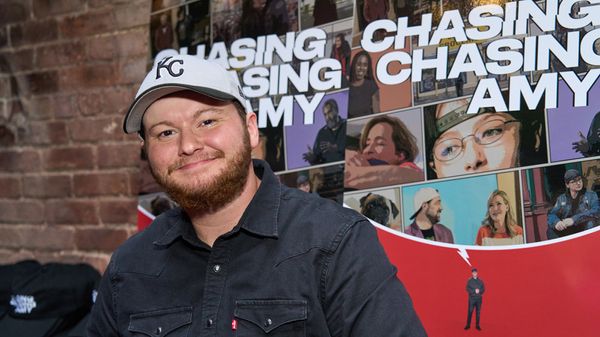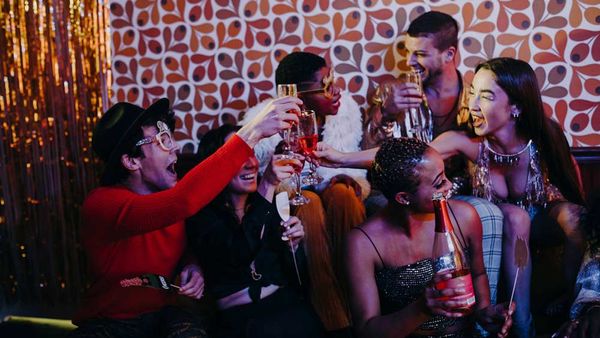
March 4, 2017
Out There :: Well-Versed in Viniculture
Roberto Friedman READ TIME: 3 MIN.
Out There has always loved drinking wine. Like everything else, such as modern art, or opera, or bondage, the more you learn about a subject, the more you appreciate it. So we were pleased to be invited to the Catalan Wines USA Master Class & Wine Tasting that transpired at The Bently Reserve last week. More knowledge!
The Master Class on wines from Catalonia was led by Lucas Pay�, a former sommelier of the famed Catalan restaurant El Bulli. There, among wine brokers, concierges, sommeliers, and the trade press, we learned about the 11 different appellations, regions and terroirs of the Catalan region. These are mostly characterized by fruity, bold and spicy Mediterranean wines, but there are vineyards found from sea level all the way up to 10,000 feet high in the coastal mountains, so there's varied fruit of the grape to be enjoyed.
Catalonia is about the size of Maryland, with a population analogous to Washington State. The ancient Phoenicians established winemaking there in what became a major wine source for Rome. Today cava tops the export varietals, which include Grenache, Riesling, Tempranillo, Pinot Noir and Albarino. Growers are among the most innovative in Europe, the first in Spain to use stainless-steel vats and electric riddling devices in underground cava cellars. Catalonia is also the second most important region in Europe (after Portugal) for the trees that supply high-quality corks.
The Catalan people have a proudly independent culture and language, impetus for a popular movement demanding independence from Spain. The labels for Catalan wines, pointedly, are in Catalan.
The informative lecture was followed by a walk-around wine tasting complemented by light tapas from the award-winning Spanish restaurant Teleferic Barcelona. We enjoyed everything we sampled, especially the cavas with their small, consistent bubbles, overtones of citric fruit and forest herbs, and crisp finishes. We'll seek these wines out.
Vintage Labels
Since we were on a vinicultural roll, we visited the California Historical Society for their exhibition Vintage: Wine, Beer and Spirits Labels from the Kemble Collections of Western Printing (through April 16). This is a display of wine and other labels produced by the Lehmann Printing & Lithographing Co. of SF (founded in 1911) during the 1930s, using offset lithography.
With such illustrative treasures as the labels for Old Trail and Lucky Crane brands, these potent examples of commercial art tell a story of the ongoing marketing of the California myth. As wall text points out, the labels use "weirdly effective combinations of an Art Deco design sensibility with faux Mission, Medieval or Antique vignettes." Wines represented here are heavy on Port, Claret and Sherry. As for the rest, our favorites include Apache and Rodeo beers, Gold Fish Ginger Ale, Ace High Lithiated Snappy Lemon Dry. Lucky Strike Bourbon Whiskey, Cream of California Brandy, Bon Vivant Pisco Punch, and Hart's Mint-Flavored Gin. Then there are the aspirational labels, illustrated by tableau of yachtsmen, bon vivants and outdoorsmen. Were these really what the libations' consumers looked like?
There is a work-station where you can design your own label. Some upcoming programming tied to the exhibit: The History of California Wines in 20 Labels, a talk by UC Davis wine historian James Lapsley (3/15); a screening of America's Wine: The Legacy of Prohibition with filmmaker Carla De Luca Worfolk (3/16); and What is the Future of Wine Label Design? with designer Jessica Hische and wine label lawyer James Seff. Bottoms up!
Info: californiahistoricalsociety.org







